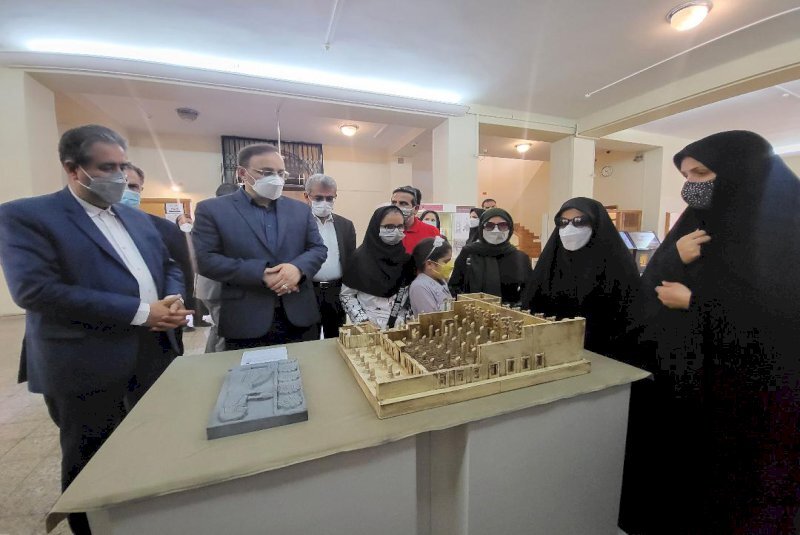INSUBCONTINENT EXCLUSIVE:
on Sunday in a push to make its offerings more accessible and enjoyable for the blind.The opening ceremony was attended by a host of blind
and partially-sighted people from all age groups in the presence of some officials from the Ministry of Cultural Heritage, Tourism, and
and decorations from the other hand, the official explained.Moreover, Nokandeh talked about the event as an example of social
visitors, and ordinary audiences
Especially children and adolescents will be able to experience a different sense of touch to have a deep connection with objects by touching
Organization (WHO), a billion of who have either not had their condition addressed, or whose impairment could have been prevented.According
Furthermore, it is estimated that Iran is home to more than 80,000 blind people of 50 years old and above.In 1993, the association of
visually-impaired persons was established in Iran to help them maintain and boost activity in society
The association offers rehabilitation and welfare services to improve life skills, living conditions, and education for the target
community.National Museum is a state museum under the auspices of the Ministry of Cultural Heritage, Tourism, and Handicrafts
The Museum consists of the Iran Bastan Museum (Ancient Iran) and the Museum of Islamic Archaeology and Art of Iran, as well as eight
research departments, the conservation department, the library, and the archives
The research departments are organized by specific archaeological and historical periods and topics.Moreover, it has the largest collection
of archaeological objects in the country
Dating from the Paleolithic to the late Islamic period, the collections represent more than a million years of human settlement and cultural
It showcases ceramics, pottery, stone figures, and carvings, mostly taken from excavations at Persepolis, Ismail Abad (near Qazvin), Shush,
Rey, and Turang Tappeh to name a few.The Paleolithic personal ornaments, clay and human figurines from the early village communities, the
earliest evidence of administrative technology and writing from the 4th millennium BC, Persepolis stone reliefs and capitals, Parthian
Behesht, and the pen and ink (Siah Qalam) paintings by Reza Abbasi of the Safavid period are among the important objects in the
and colorful glazed bricks decorated with double-winged mythical creatures

